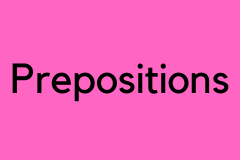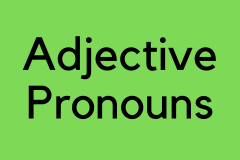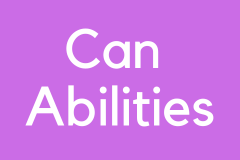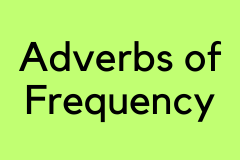Possesives
Learn how to use possessives in English.
Answer the following grammar questions.
Possessives
Point 1: A possessive adjective comes before a noun to show who something belongs to.
- my – This is my desk.
- your – This is your desk.
- her – This is her desk.
- his – This is his desk.
- its – This is its desk. (used for things or animals, but "its" is not commonly used in this way in speaking)
- their – This is their desk. (used for groups)
- our – This is our desk. (used for "we")
Point 2: A possessive pronoun replaces the noun and the possessive adjective. It stands alone.
- mine – This is mine.
- yours – This is yours.
- hers – This is hers.
- his – This is his. (same as the possessive adjective)
- theirs – This is theirs.
- ours – This is ours.
Point 3: Use 's after a name or noun to show possession. The noun after shows what is owned.
- This is Joe's desk. (Joe owns the desk)
- I love Mary's new house. (Mary owns the house)
- The hotel's pool is very nice. (The hotel has a pool)
- This is my company's car. (The company owns the car)
Point 4: Use the question word whose to ask about possession. You can also use the verb belong to show ownership.
- Whose coffee cup is this?
- It belongs to Mary.
- Whose tablet is this?
- It belongs to the school.
Point 5: There are four common ways to show possession in English.
- Whose coffee cup is this? (question form)
- It is Mary's cup. (using 's)
- It is her cup. (possessive adjective)
- It is hers. (possessive pronoun)
- It belongs to Mary. (using the verb "belong")
About the Teacher
 My name is Todd Beuckens and I am an ESL teacher in Japan.
My name is Todd Beuckens and I am an ESL teacher in Japan.
I created this site to provide teachers and students free audio lessons and learning materials not usually found in commercial textbooks.










